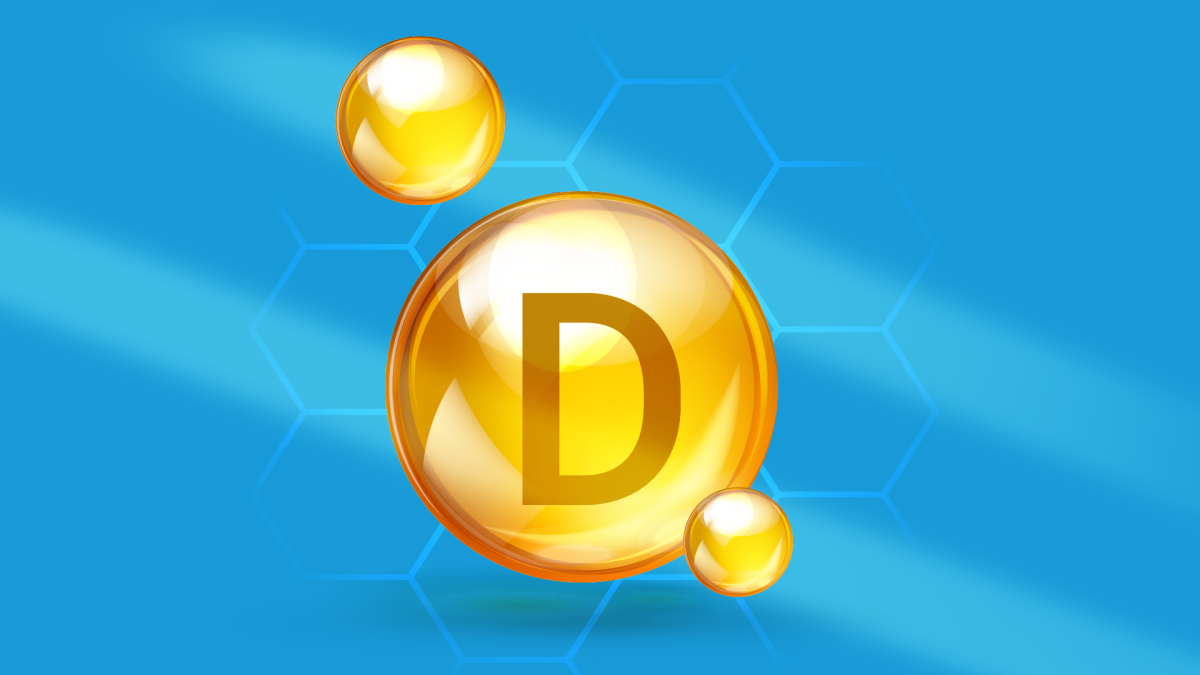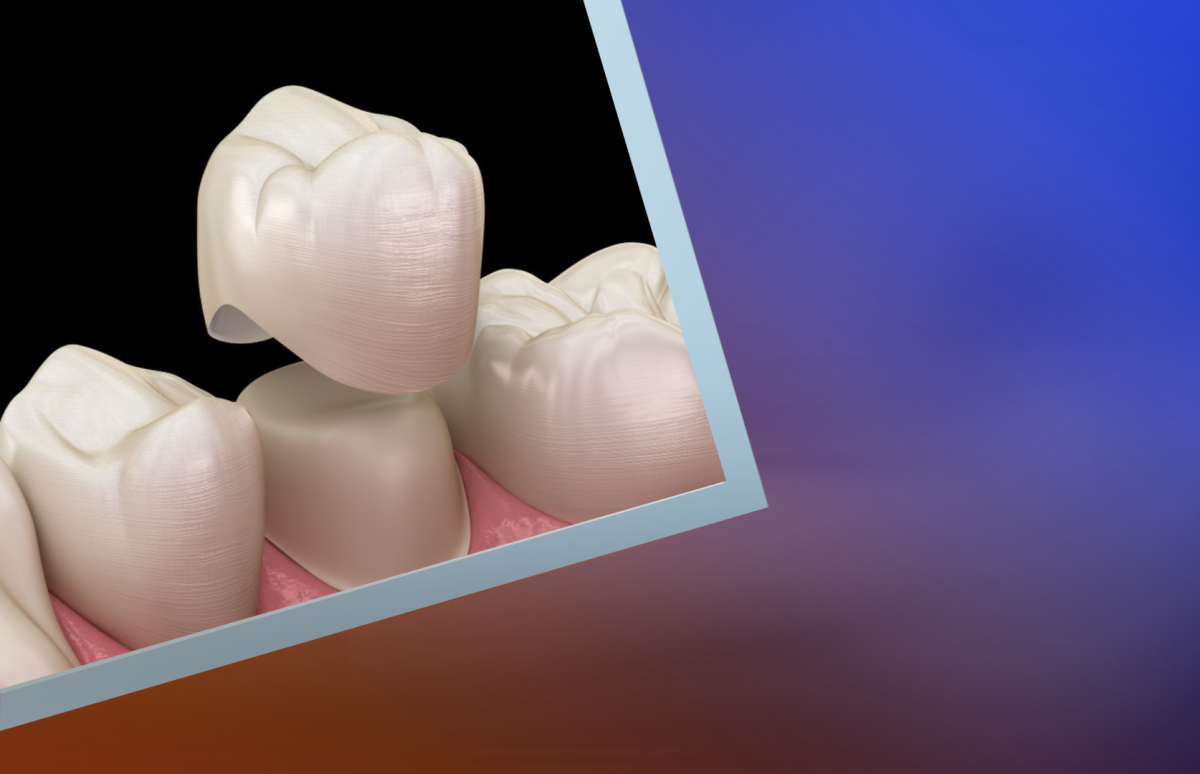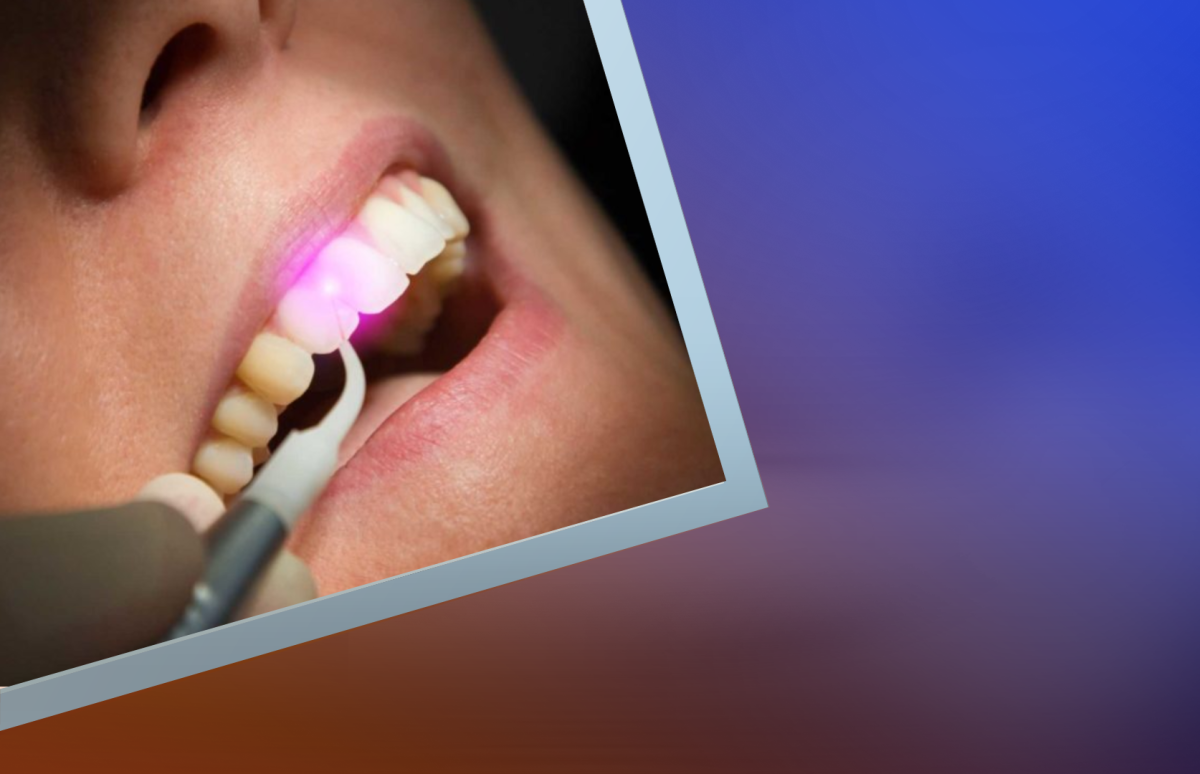Advanced PET/CT Scan Technology at Saudi German Hospital - Jeddah

PET/CT
Positron tomography is a hybrid imaging test that incorporates Computed Tomography CT and Positron Emission Tomography PET where the two examinations are combined to obtain a more comprehensive and accurate visualization.
Positron tomography uses radioactive material used to show normal and abnormal metabolic activity that can often detect abnormal metabolism with a tracer that locates the disease, before it appears in other imaging tests, such as computed tomography and magnetic resonance imaging.
This transparent radioactive material resembles water as it is colorless and odorless. This radioactive substance is absorbed by the body cells and does not remain in the body for a long time, as it decomposes through the natural process of radioactive decay and will lose its radioactivity over time. It may also exit the body through urine or feces during the first few hours after the examination. The medical team will ask the patient to drink plenty of water to help flush the radioactive material out of the body.
This material contains a small amount of radiation, so the risk of bad effects of radiation is low. However, this substance can expose the fetus to radiation if the patient is a pregnant woman, or expose the baby to radiation if the patient is a woman who is breastfeeding.
The substance is often injected into a vein in the hand or arm. Next, the substance collects in areas of the body with different levels of normal or abnormal metabolic activity, often helping to locate the disease.
A PET scan is an effective way to help detect a variety of conditions, including tumors, heart disease, and brain disorders, and the doctor can use this information to help diagnose, monitor, or treat your condition.
Oncology:
Oncology imaging is one of the most commonly used positron tomography techniques, as most cancer cells show higher metabolic rates than normal cells.
Positron emission tomography (PET) can be useful in:
● Detecting cancer
● Detecting whether cancer has spread or not
● Checking the effectiveness of cancer treatment
● Detecting cancer return
Interpretation of PET scans requires careful care because noncancerous conditions may resemble cancerous conditions, and some cancers do not appear on PET scans.
Many types of solid tumors can be detected, including:
● Brain
● Breast
● Cervix
● Colorectal
● Esophageal
● Head and neck
● Lung
● Lymphatic system
● Pancreas
● Prostate
● Skin
● Thyroid and others
Cardiology:
Positron tomography scans can detect areas of reduced metabolic activity in the heart caused by perfusion problems, which can help determine the benefit of heart bypass surgery or coronary artery bypass surgery. This technique can also be used in cases of heart tissue infections and follow-up treatment.
Brain disorders:
Positron tomography can be used to help diagnose certain brain disorders, such as tumors, and degenerative diseases such as Alzheimer's disease and epilepsy.
What can the patient expect before the examination?
When visiting the unit to schedule the appointment, the patient will be asked several basic questions related to the medical history, take some vital signs necessary to complete the examination, answer any questions related to the examination, and hand over some instructions to be followed before the appointment.
To prepare for the examination, patients should not eat certain types of food and drinks for a specific period and refrain from any strenuous exercise for several hours before the examination as this may affect the radiography readings. The team will provide specific information on how to prepare.
What the patient can expect on the day of the examination:
The patient must arrive well in advance so that the competent employee can check in and prepare the necessary supplies.
Patients should wear loose and comfortable clothing on the day of the examination and refrain from wearing jewelry.
The responsible staff will check the patient's glucose level and if the level is acceptable, a radioactive tracer (called 18F-FDG) will be injected into a vein. The patient will wait about 30-60 minutes for the tracer to start circulating in the body tissues and the procedure will take about two hours to complete from start to finish.
The positron tomography machine is large, round and has a hole in the center and a bed that slides through the hole.
When it is time to perform the imaging, the patient will be asked to empty the bladder and the medical staff will help the patient to get into bed and assist him in taking the appropriate position and then the responsible officer will go to an adjacent room where he can see, listen to and talk to the patient while the positron tomography is operating and during the examination, the patient must be completely stable so that the images are clear.
After the examination:
After the test is complete, you can go about your normal daily activities, unless you are told otherwise.
You'll need to drink plenty of fluids to help you flush the radioactive material out of your body.
Although the amount of radioactivity is very small, it is recommended that the patient follow some precautions such as always washing hands after handling body fluids or changing diapers. Pregnant women should not cuddle the patient for at least 24 hours after the scan. The patient should also avoid direct contact with infants and young children until the next day.







